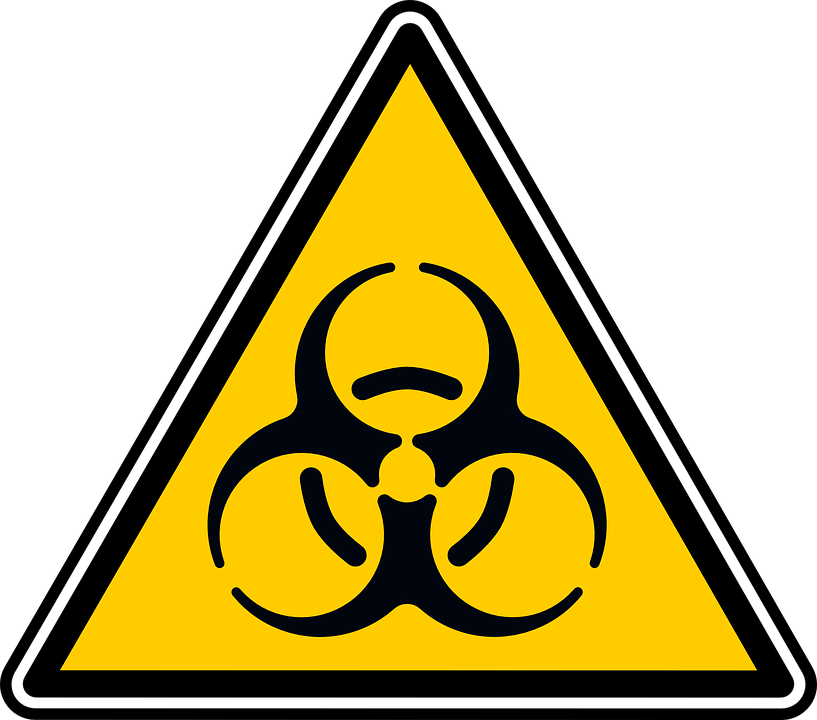
Understanding the mystery of inherited trauma: Identifying signs and navigating triggers. The difficulties individuals encounter in addressing PTSD stemming from isolated incidents.

Understanding inherited trauma involves delving into the concept of intergenerational transmission of trauma, where the emotional pain and unresolved issues from past generations are passed down to subsequent ones. This phenomenon is rooted in the idea that traumatic experiences can leave lasting imprints on individuals’ psyches, affecting not only their own mental health but also that of their descendants. Inherited trauma can manifest in various ways, including through behavioral patterns, emotional responses, and relational dynamics.
Identifying signs of inherited trauma requires a nuanced understanding of how past experiences continue to influence present-day behaviors and attitudes. These signs may include recurring themes in family narratives, persistent feelings of fear or anxiety, difficulties forming healthy attachments, and patterns of self-destructive behavior. Additionally, individuals may exhibit symptoms of post-traumatic stress disorder (PTSD) without directly experiencing the traumatic event themselves, indicating a potential link to inherited trauma.
Navigating triggers associated with inherited trauma can be challenging due to their often subtle and subconscious nature. Triggers are stimuli or events that evoke intense emotional or physiological reactions linked to past traumatic experiences. These triggers can be external, such as certain sights, sounds, or smells, or internal, such as intrusive thoughts or memories. Recognizing and managing triggers requires developing self-awareness, learning coping strategies, and often seeking professional support to process unresolved emotions and trauma-related responses.
The complexities of inherited trauma extend beyond individual experiences to encompass familial and cultural narratives. Family systems theory suggests that patterns of behavior and relational dynamics within families can be influenced by past traumas and unresolved conflicts. These dynamics may perpetuate cycles of dysfunction and exacerbate the impact of inherited trauma on subsequent generations. Cultural factors also play a significant role in shaping how trauma is experienced and transmitted, with certain communities disproportionately affected by historical traumas such as colonization, slavery, or genocide.
Addressing PTSD stemming from isolated incidents involves understanding the unique challenges faced by individuals who have directly experienced traumatic events. PTSD is a mental health condition characterized by persistent symptoms such as intrusive thoughts, flashbacks, hypervigilance, and avoidance behaviors. These symptoms can significantly impair individuals’ functioning and quality of life, making it essential to seek appropriate treatment and support.
Individuals with PTSD may face barriers to accessing care, including stigma surrounding mental health issues, lack of awareness about available resources, and financial constraints. Additionally, cultural factors and societal attitudes toward trauma and mental health may influence individuals’ willingness to seek help and disclose their experiences. Overcoming these barriers requires destigmatizing mental health issues, increasing access to culturally competent care, and promoting education and awareness about trauma and its effects.
Effective treatment for PTSD often involves a combination of therapy, medication, and support from loved ones. Cognitive-behavioral therapy (CBT), eye movement desensitization and reprocessing (EMDR), and exposure therapy are among the evidence-based approaches used to address PTSD symptoms. These therapies aim to help individuals process traumatic memories, challenge distorted beliefs, and develop coping skills to manage distressing symptoms.
To sum up what was discussed earlier in this article, understanding inherited trauma and addressing PTSD stemming from isolated incidents require a multifaceted approach that acknowledges the interplay of individual, familial, and cultural factors. By recognizing the signs of inherited trauma, navigating triggers, and accessing appropriate support and treatment, individuals can begin the journey toward healing and resilience. It is essential to promote awareness, reduce stigma, and advocate for accessible and culturally responsive mental health care to support those affected by trauma.


The very difficult decision to make in life: Knowing when to cut off interaction with toxic family members
So I know I will get a lot of negative feedback with this article and most will retaliate with saying that we unfortunately don’t choose our family and must accept some negativity. I agree that we do not choose our family but we can choose on how much more negativity we allow ourselves to tolerate from family members. Life is all bout choices and some are harder than others.
Nevertheless, we do not need to continue accepting some circumstances we can control.
Recognizing toxic family members involves paying attention to recurring patterns of harmful behavior. If interactions consistently leave you feeling emotionally drained, anxious, or undervalued, it may be a sign of toxicity. Identifying specific behaviors such as manipulation, verbal abuse, or a lack of respect for boundaries is crucial. Regularly assess your emotional well-being and the impact of these relationships on various aspects of your life. Trust your instincts and prioritize self-care. Seeking guidance from professionals or confiding in a supportive network can provide clarity and help you determine when it’s necessary to establish boundaries or, in some cases, cut off communication with toxic family members.

Deciding to cut off communication with toxic family members is a significant and often challenging decision. Here are some strategies to help you determine when it might be necessary:
1) Recognize the Toxic Behavior:
Identify specific behaviors that are harmful, manipulative, or emotionally damaging. This could include verbal abuse, constant criticism, manipulation, or a lack of respect for your boundaries.
2) Assess Your Emotional Well-being:
Regularly check in with your own mental and emotional state. If interactions with certain family members consistently leave you feeling drained, anxious, or depressed, it may be a sign that the relationship is toxic.
3) Set Boundaries:
Establish clear boundaries and communicate them assertively. If these boundaries are repeatedly crossed, and your well-being is compromised, it may be time to reassess the relationship.
4) Evaluate the Impact on Your Life:
Consider how the toxic relationship is affecting different aspects of your life, such as your mental health, relationships with others, work, and overall happiness. If the impact is overwhelmingly negative, it may be time to distance yourself.
5) Seek Professional Support:
Consult with therapists, counselors, or support groups to gain an objective perspective on your situation. Professionals can offer guidance on setting boundaries and coping strategies.
6) Reflect on Patterns:
Look for patterns of behavior over time. If the toxic behavior is consistent and shows no signs of improvement despite your efforts, it may be an indication that the relationship is not healthy.
7) Prioritize Self-Care:
Make self-care a priority. If maintaining contact with a family member jeopardizes your well-being, it may be necessary to prioritize your mental health and distance yourself.
8) Consider the Possibility of Change:
Reflect on whether the toxic family member has shown a genuine willingness to change their behavior. If there’s a history of repeated negative actions without improvement, it may be an indication that change is unlikely.
9) Trust Your Instincts:
Trust your instincts and feelings. If you consistently feel unsafe, disrespected, or undervalued in the relationship, it’s essential to listen to your intuition and take steps to protect yourself.
10) Establish a Support System:
Surround yourself with a supportive network of friends or chosen family who understand your situation and can provide emotional support.
Remember that cutting off communication with family members is a personal decision and can be emotionally challenging. If you are unsure, seeking professional advice can help you navigate these complex decisions.

